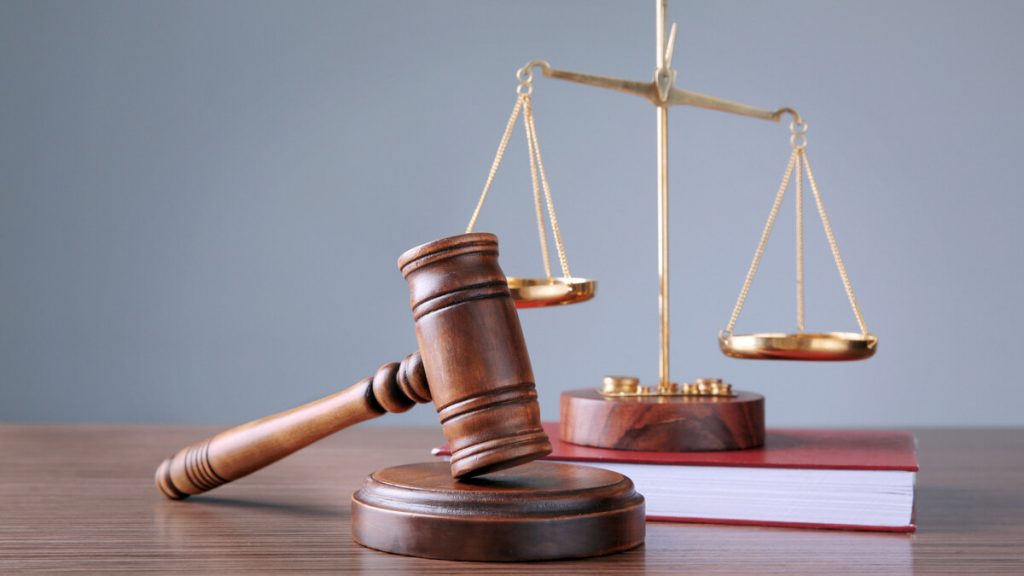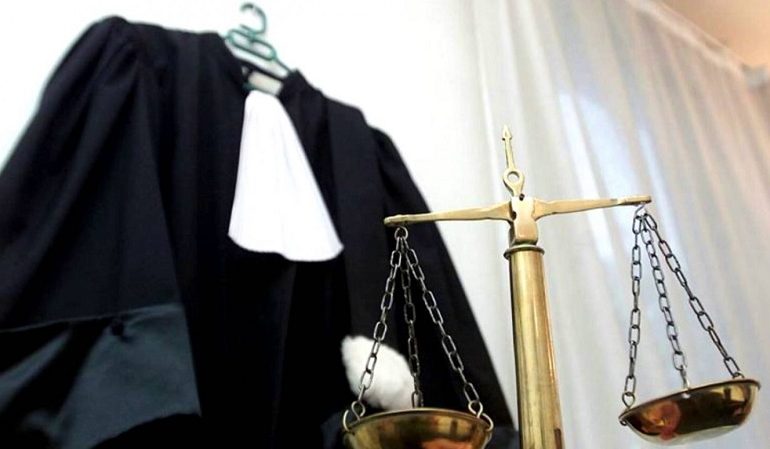Concluding the review of the legal doctrine of fair use (fair use), I will give a number of interesting materials that will be useful to those interested in this topic. In addition to several court decisions recently reviewed in the blog, one academic work and a series of articles are worth mentioning.
One of the most authoritative books on fair use is William Patry Patry on Fair Use, new edition 2015.
The author has been dealing with the problem for 28 years, constantly finishing the book. This solid monograph of more than 1000 pages examines the history of the formation of this legal instrument, all the main theoretical issues of the application of the doctrine and judicial practice. The book has been repeatedly referenced by judges of the Supreme and other courts of the United States. Unfortunately, only the paper version is offered at a solid price.
But the articles are in the public domain (published in the Washington Law Review). They are interesting in that they were prepared by prominent American legal scholars for a symposium dedicated to the 10th anniversary of the decision of the US Supreme Court in the case of Campbell v. Acuff rose. This decision has become a real cornerstone in the doctrine of fair use. It is carefully studied and cited to this day. The symposium was held in April 2015 at the University of Washington School of Law. If you want to know all the most relevant and important about the fair use doctrine today and tomorrow, do not pass by.

A brief but thorough overview of all material is given in Zahr Said’s Foreword: Fair Use in the Digital Age, and Campbell v. Acuff-Rose at 21”, so I’ll literally go over the top.
1. Pierre N. Leval in “Campbell as Fair Use Blueprint?” provides a historical overview of the formation of fair use jurisprudence, reveals the significance of the Campbell case, analyzes the relationship and significance of all factors of the doctrine, raises the complex issue of the relationship between subsequent and derivative works, which are created as a result of similar creative processes (transformation and processing), but lead to different legal consequences (the copyright holder retains copyright only for the second type of works, but loses the copyright for the first). Finally, he calls for the rejection of the false idea that fair use requires good faith.
2. Pamela Samuelson, in her article “Possible Futures of Fair Use”, discusses a dozen of the main consequences of the decision under discussion, in particular the two most important ones: the increasing role and expansion of the “transformative use”. It is this element that becomes central to the doctrine and predetermines its future. P. Samuelson conducts a deep analysis of the types of “transformation”, reinforcing the reasoning with judicial practice. It also addresses a wide range of issues, from doctrinal (how courts interpret the 4 factors; issues of aesthetic evaluation of works) to practical (how courts treat commercial licenses in ID cases). Clarifies the importance of rebutting two previous presumptions that skewed the doctrine in favor of the right holders. Finally, he gives his vision and competent recommendations regarding the future development of the JI doctrine.
3. The article “Market Effects Bearing on Fair Use” by Jeanne C. Fromer demonstrates how, in terms of market effects, the Campbell solution was not fully understood. The negative impact on the market is explored in the analysis of the fourth factor of the JI doctrine. However, the courts miss half the point – the positive impact of fair use. The defendant today is limited in his ability to prove that his use of the protected work brings a market benefit, and not harm, or not only harm. The study of both components will reduce unfounded claims, expand the application of the doctrine and positively affect the development of subsequent creativity. This will benefit both the market and society.
4. Jessica Litman in “Campbell at 21/Sony at 31” argues that expanding the rights of the author, to compensate for the negative effect, should be accompanied by an expansion of the scope of the fair use doctrine. The legislator and the courts have taken an important step in this direction, but have not formulated their position very consistently. How to fix this is discussed in the article.
5. Lydia Loren in “Fair Use: An Affirmative Defense?” proves that the legislator was not going to recognize fair use as a form of judicial protection affirmative defense. Therefore, such a conclusion of the court in the Campbell case is completely incorrect. This is an important issue, since the distribution of the burden of proof is distorted, which directly affects the outcome of the case, the plaintiff evades proper proof of the cause of the claim, and the defendant cannot use judicial protection in a timely manner. As a result, the doctrine stimulates subsequent creativity less than it could. It is high time to correct the mistake of the court.
6. William McGeveran, in “The Imaginary Trademark Parody Crisis (and the Real One)”, explains how the Campbell decision, supplemented by subsequent practice, predetermines the resolution of trademark parody disputes in favor of the defendants. However, few people know about this effect, so in practice, defendants, succumbing to threatening letters from copyright holders, often refuse to fight until the case goes to court, in which they would most likely win.

7. Anthony R. Reese, in How Much Is Too Much?: Campbell and the Third Fair Use Factor, analyzes the third factor of fair use (the amount and amount of borrowing), as well as decisions in which courts have found it fair to borrow even an entire work. The rationale they use (reasonableness of copying in light of defendant’s purposes) goes back to the Campbell case, where the court used both conditions (reasonableness and purpose) in assessing the amount borrowed. The author notes that the modern digital sphere often requires copying the entire original for subsequent use. The Doctrine of JI may well be adapted to these needs, promoting the development of digital technologies and creative freedom. However, in disputes that arise, users often give in to the demands of copyright holders before the case is considered. Although the court, operating on the two conditions indicated, would certainly have taken their side.
8. Rebecca Tushnet in “Content, Purpose, or Both?” examines the question of what needs to be transformed (the content of the work or the purpose it serves) in order for the use to be recognized as transformative, i.e. conscientious. She notes that successive authors often use the original for opposing or “perpendicular” purposes, and often for completely different purposes, when the subsequent work itself becomes a creative protected work. The author considers the conflicting approaches of the courts to this situation and comes to the disappointing conclusion that the shrinking of the scope of fair use is contrary to the interests of free creativity for the sake of the interests of established authors. The expansion of copyright must be accompanied by an increase in the use of DI, for which the concept of transformative use is well suited.
